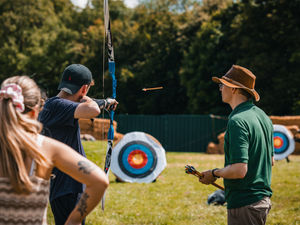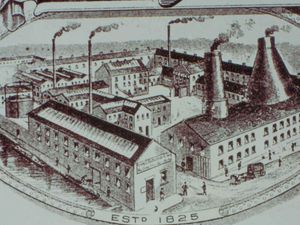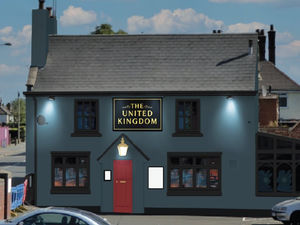Very modern prize gets to the art of the matter
On the one hand, there's the tortured testimonies of Syrian refugees. Then on the other hand, there's... well, a giant hand.
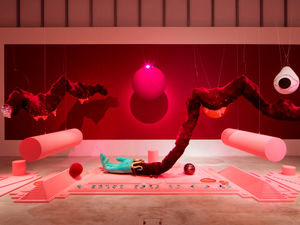
These are among the four exhibitions that will compete to be named the winner of this year's Turner Prize for contemporary art.
Sagging on the floor, lifeless at the end of a swollen pipe cleaner of an arm, the big hand is part of Semiramis by the artist Tai Shanim which imagines a city populated only by fantastical women.
Colombian-born Oscar Murillo’s work consists of 40 papier mache figures – he brought them from London to the Turner Gallery in Margate, Kent, by train using wheelchairs, plus a number of friends and a very understanding conductor. His entry is partly about his father's time as an immigrant in London.
Helen Cammock's nominated entry is an hour-and-a-half long film about women in Northern Ireland's civil rights movement.
And finally, Beirut-based artist Lawrence Abu Hamdan has been shortlisted for his work which explores crimes that have been heard but not seen, specifically drawing on the experiences of prisons in Syria.
This is modern, or contemporary, art at its finest, and it will certainly divide opinion when the annual prize is handed out at the Kent gallery tonight.
The Turner Prize has always divided public opinion. Responses range from those complaining about how pretentious it all seems to others who, frankly, don't really seem to mind.
One of the most famous entries was Tracey Emin's My Bed, in 1999, which led to widespread derision. It was actually beaten to the £20,000 prize pot – it's gone up to £25,000 since – by a video installation by Steve McQueen, who is better known now for his Oscar-winning turn as director of 12 Years A Slave.
Emin's unmade bed was the one in which she had spent four days eating and drinking nothing but alcohol. Afterwards she said she realised that she had inadvertently created a work of art.
When people mocked the work, saying that anybody could call an unmade bed art, she responded: "Well, they didn't, did they? No one had ever done that before."
"A lot of people didn't understand it, and I was one of them," says Jonathan Soden, who runs the Soden Collection gallery in Shrewsbury.
"That was until I went to see it for myself. I didn't realise it was at a gallery in Liverpool, but it turned out to be the exhibition that I stood and looked at for longest.
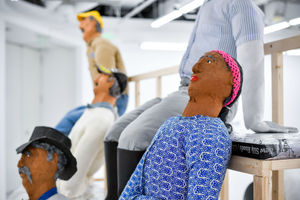
"Seeing it in the flesh and taking the time to understand it meant quite a lot to me.
"When you go and see these things you tend to get in the mindset of the artist and understand about that type of work.
"It's not for everybody, but it evokes conversation or feelings. The people being put up for the Turner Prize are artists of a very different nature rather than pretty pictures hung on the wall."
Kelly Jeffs, chief executive of the Light House Media Centre in Wolverhampton, also believes the competition has an important role to play.
"It's there to support contemporary young artists," she says. "If that's what they want to produce, let them produce it.
"People still have a perception where they wonder whether they belong in this or that gallery.
"A lot of people are engaged in art, whether modern or otherwise, by their parents or grandparents, and when they are not they can feel awkward, and maybe feel as though it's not for them."
She adds: "I went to the Lowry Gallery in Manchester recently, after I saw the film Mrs Lowry and Son, as I has always loved his work and never seen it in real life.
"I was absolutely speechless looking at it, but other people say it's just a load of matchstick men.
"I also remember going to the Tate in Liverpool when I was 17, and there was a perfectly formed star on the floor made of soil. At the time I thought it was just nonsense, but I wish I could go back and ask what it was about, and think about it a bit more."
Mr Soden adds: "It's like tastes in different people at different ages – it depends on what they have been exposed to, what different things.
"When you're a teenager, maybe red wine isn't what you you like to drink, but as time goes on and you grow older and your tastes change, you are exposed to different wines and your palette becomes different. That's exactly what it's like with contemporary art.
"I think there is an appetite for it locally. There's a group of people who are more in tune to traditional hunting scenes, landscapes or seascapes, but then there's a group of people that do like abstract art.
"Shropshire has a tendency to be slightly traditional, but I think a lot of people over the years have been to the big cities, seen different types of artwork and enjoy more abstract art."

